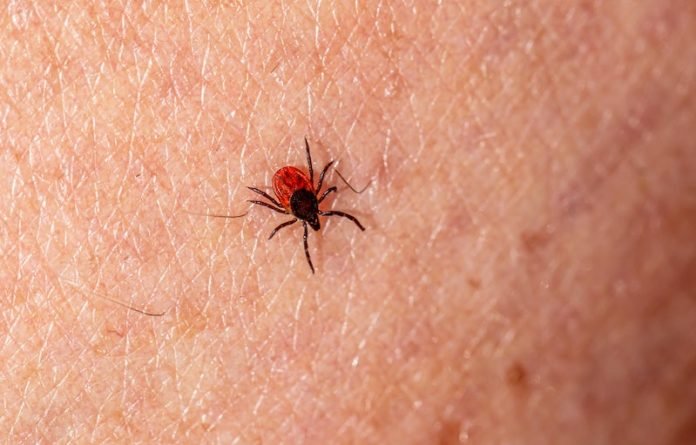
Tick bites can make people sick and may spread Lyme disease and many other illnesses. A bite from one type of tick can even lead to a meat allergy.
Tick exposure can occur year-round, but ticks are most active during warmer months (April-September).
If you spend time outside walking, hiking or gardening, it’s important to know what to look for—and what to do if you are bitten or find a tick on your skin.
Below are some steps that you can take after a tick bite to reduce your chances of getting sick and how to get treatment promptly if you do get sick.
If you find a tick attached to you
Tick Removal: Use fine-tipped tweezers to grasp the tick as close to the skin as you can. Pull upward with steady, even pressure. Don’t twist or jerk the tick.
After removing the tick, clean the bite area and your hands with rubbing alcohol or soap and water. Dispose of the tick by flushing it down the toilet.
If you would like to bring the tick to your health care provider for identification, place the tick in a zippered plastic bag or sealed container with a moist cotton ball or paper towel.
Consult with your health care provider: Consider talking to your health care provider if you live in an area where Lyme disease is common. Call your health care provider if you get any of the following symptoms:
Rash
Fever
Fatigue
Headache
Muscle pain
Joint swelling and pain
Treatment: For tickborne diseases, treatment is based on symptoms, history of exposure to ticks, and in some cases, blood test results. Most tickborne diseases can be treated with a short course of antibiotics.
Top tips to prevent tick bites
If you are planning an outdoor activity, especially those in a heavily wooded area, it is important to follow a few simple precautions to protect yourself from tick bites.
Wear long-sleeved, light-colored clothing, with tightly woven fabric. This gives ticks less area to target and allows you to see ticks on your clothing.
Make sure you tuck your pants into your socks, shoes, or boots so that ticks cannot easily get under your pant legs.
Use Environmental Protection Agency (EPA)-registered insect repellent containing DEET, picaridin, IR3535, Oil of Lemon Eucalyptus (OLE), para-menthane-diol (PMD), or 2-undecanone.
Treat clothing and gear with products containing 0.5% permethrin. Permethrin can be used to treat boots, clothing and camping gear and remains protective through several washings.
When returning from the outdoors, check for ticks. Ticks can ride into your home on clothing and pets, then attach to a person later, so carefully examine pets, coats, and daypacks.
Be sure to check your pets, too. You should discuss using tick prevention products for your pets with your veterinarian.
Shower within two hours of coming indoors. It has been shown to reduce your risk of getting Lyme disease and may be effective in reducing the risk of other tickborne diseases.
Showering may help wash off unattached ticks and it is a good opportunity to do a tick check.
If you care about inflammation, please read studies about vitamin D deficiency linked to chronic inflammation, and tart cherry could help reduce inflammation.
For more information about health, please see recent studies about vitamin B6 linked to lower death risk in heart disease, and results showing anti-inflammatory diet could help prevent fatty liver disease.



